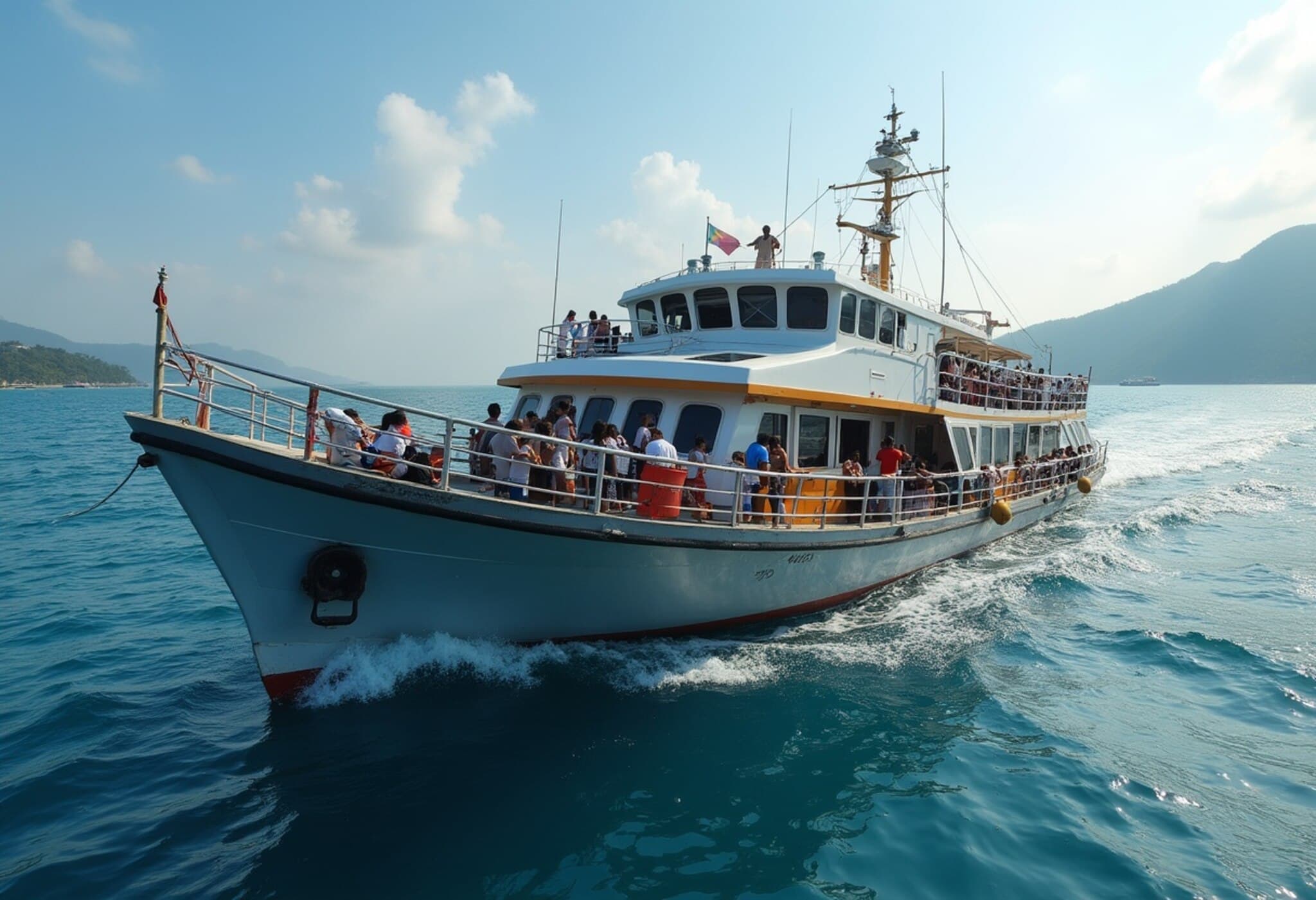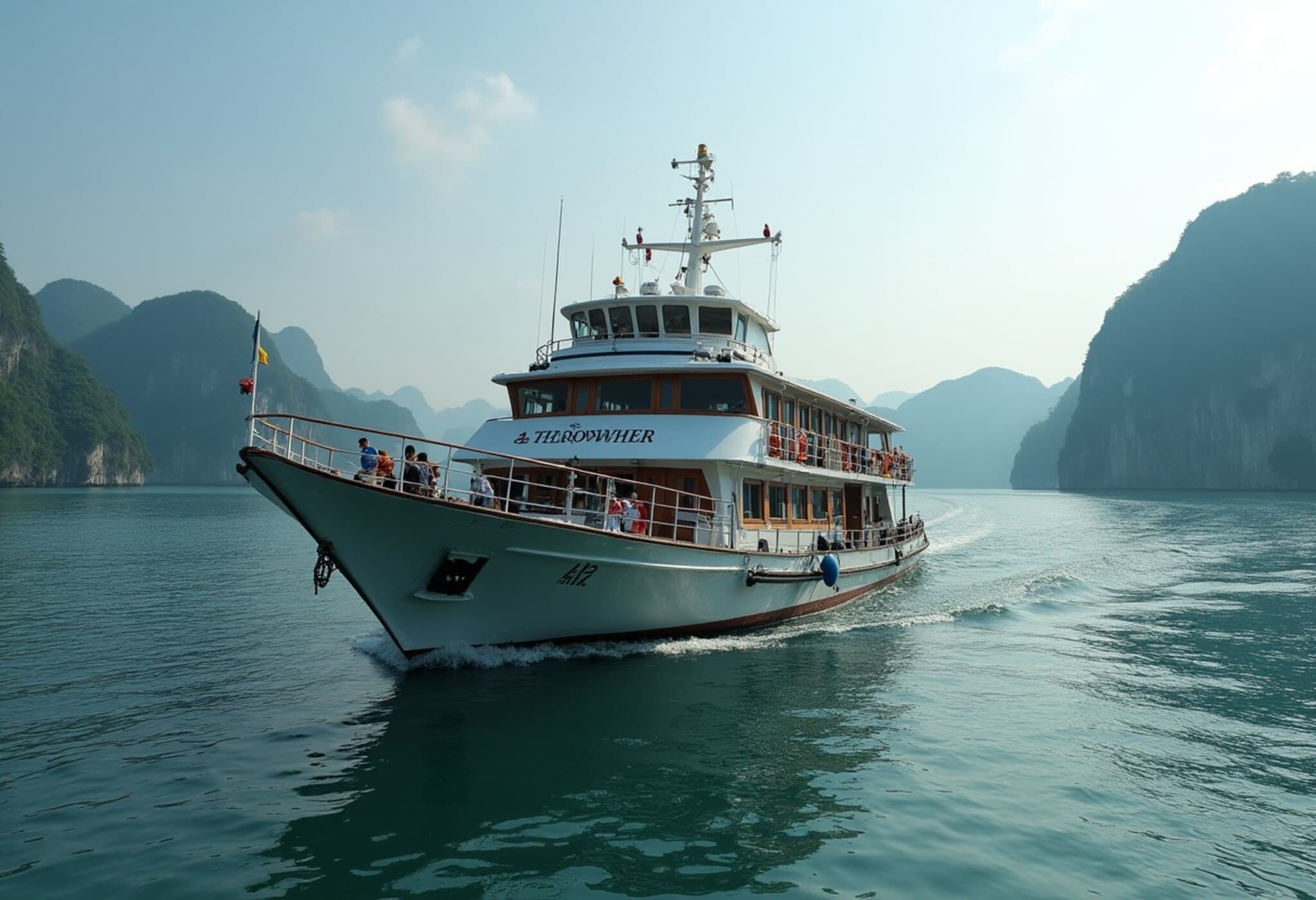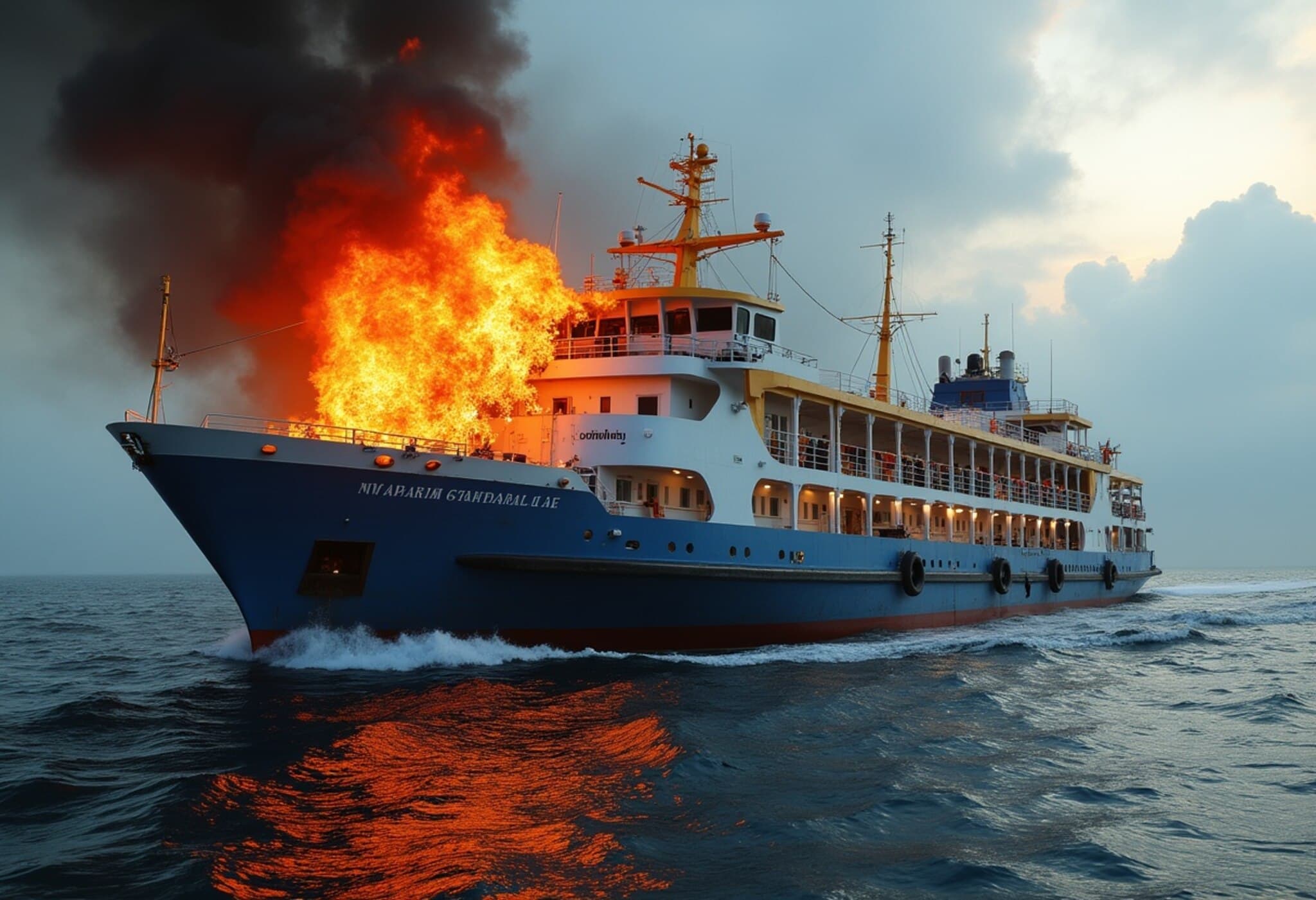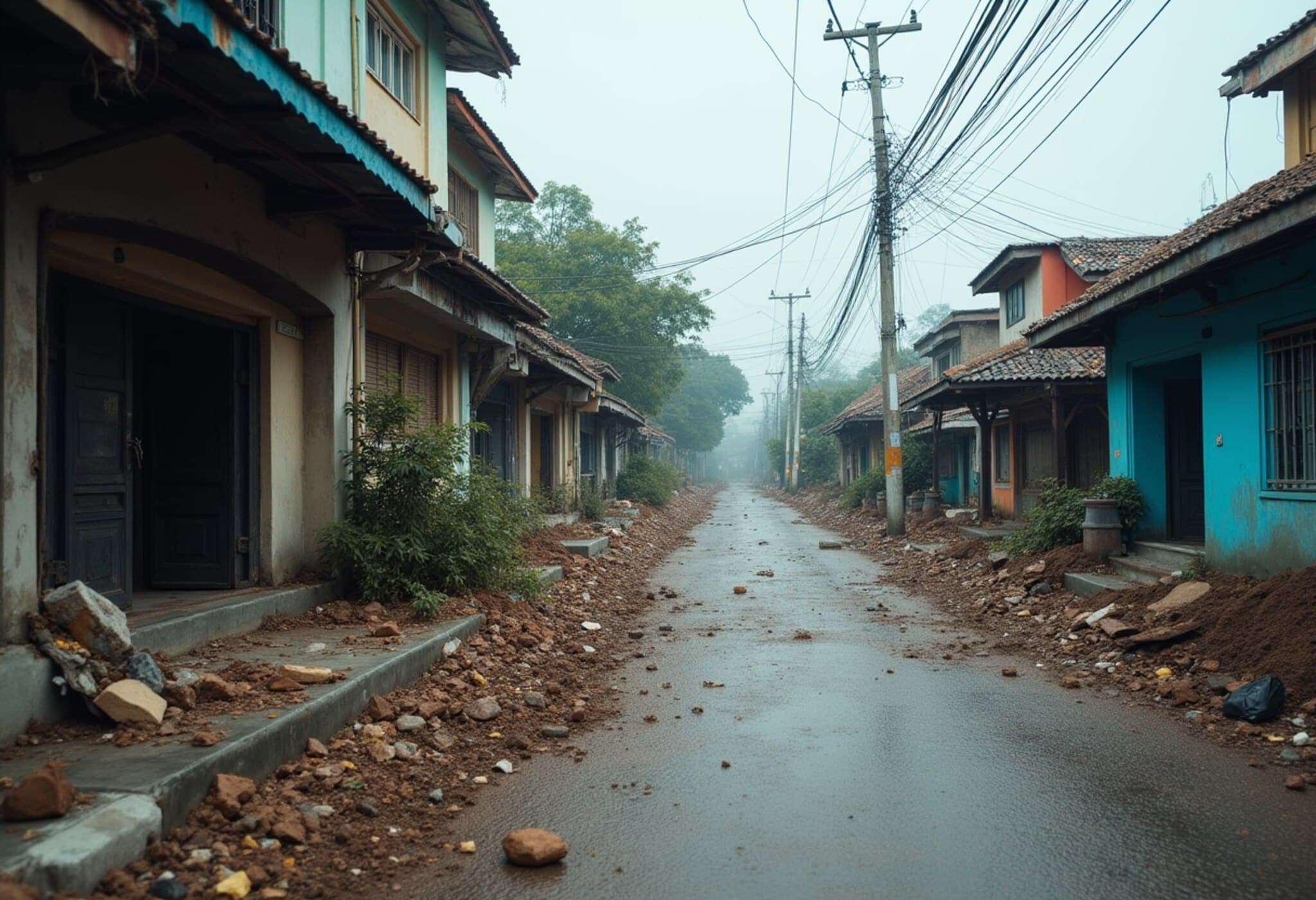Tragedy Strikes Near Sanur Harbour: Two Foreign Tourists Dead
In a devastating incident on Tuesday afternoon, a passenger boat carrying around 80 people capsized close to Sanur Harbour on Bali’s east coast. The overcrowded vessel, mainly carrying foreign tourists, flipped near the popular holiday spot, resulting in the deaths of two Chinese nationals and leaving an Indonesian crew member missing.
Details of the Incident
The boat had embarked earlier from the island of Nusa Penida and was navigating the waters near Bali when it capsized at approximately 3 pm local time (5 pm AEST). Thanks to immediate rescue operations by the Denpasar Search and Rescue (SAR) teams, the vessel was recovered relatively close to shore, enabling a swift response.
SAR officials confirmed that 80 individuals were aboard the boat: 73 foreigners and the remainder local crew. While 15 people sustained injuries, the full extent of their conditions remains unclear. Authorities are working to ascertain whether any Australians were among those affected.
Rising Pattern of Maritime Accidents in Bali's Tourist Waters
This unfortunate event marks the fourth major boating accident in Bali this year, three of which have proved deadly. Bali, a global travel hotspot, grapples with the challenges posed by increased tourist ferrying and recreational sea activities, often under volatile weather and sea conditions.
Earlier this year, in March, rough seas off Nusa Penida caused a snorkelling boat to capsize, resulting in fatalities. The previous month, a ferry traveling from Ketapang in East Java to Gilimanuk port in Bali sank, leaving only 30 survivors out of many on board.
Expert Insights: The Need for Enhanced Maritime Safety Measures
These recurrent accidents raise critical questions about the adequacy of maritime safety regulations and enforcement amid Bali’s booming tourism industry. Overcrowding, insufficient safety briefings, and unpredictable sea conditions amplify risks for tourists unfamiliar with local maritime environment.
Experts argue that:
- Stricter vessel capacity enforcement is vital to prevent overcrowding.
- Mandatory life jacket provision and usage must be rigorously enforced.
- Improved weather monitoring systems should be integrated with real-time alerts for operators.
From a policy perspective, boosting cooperation between Indonesian authorities and tourism operators can pave the way for safer, more sustainable water transport practices that protect visitors and local crews alike.
The Human Toll Behind Tourism Statistics
While Bali continues to welcome millions annually, these tragedies highlight the perilous underside of mass tourism. Each victim is part of a larger narrative about risk, responsibility, and the urgent need for reform in tourist safety protocols.
Looking Ahead: What Can Be Done?
Preventing future accidents requires a collective effort encompassing government oversight, industry accountability, and traveler awareness. Tourists should actively inquire about safety measures, and authorities must persist with rigorous inspections and transparent reporting.
Bali’s allure lies in its vibrant culture and scenic beauty, but without a foundation of safety, the cost continues to be measured in human lives.
Editor’s Note
This latest disaster off Bali’s coast is a somber reminder of the vital importance of maritime safety in heavily trafficked tourist destinations. As Bali navigates the balance between accessibility and security, it is imperative that all stakeholders—from government officials to tourists themselves—commit to fostering safer travel conditions. This incident prompts reflection on how the global tourism sector can evolve to protect travelers and local communities alike.



















